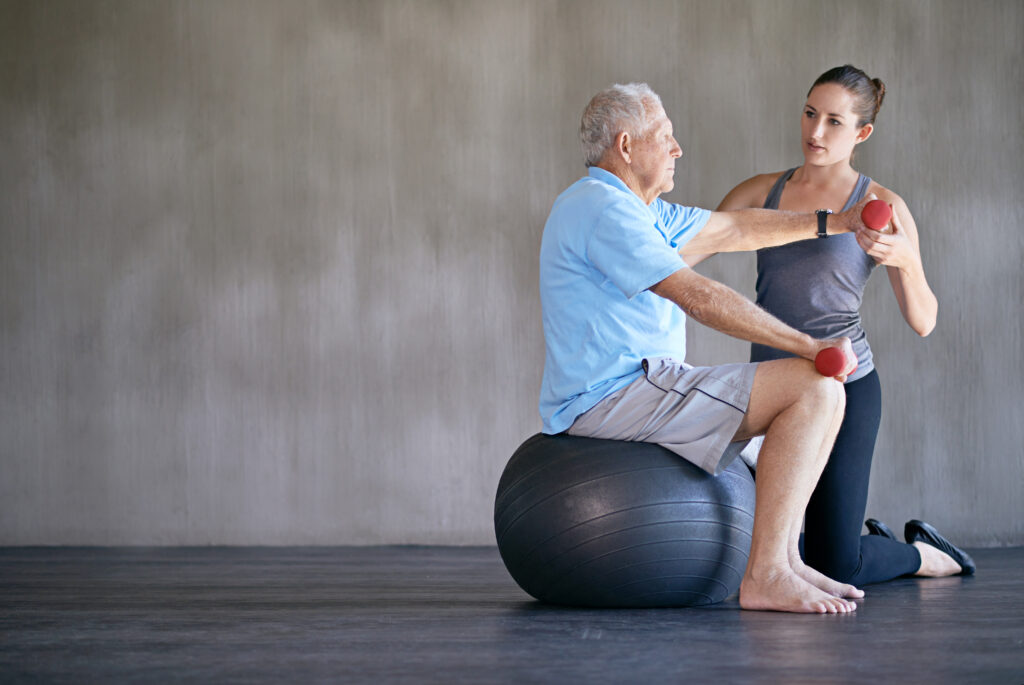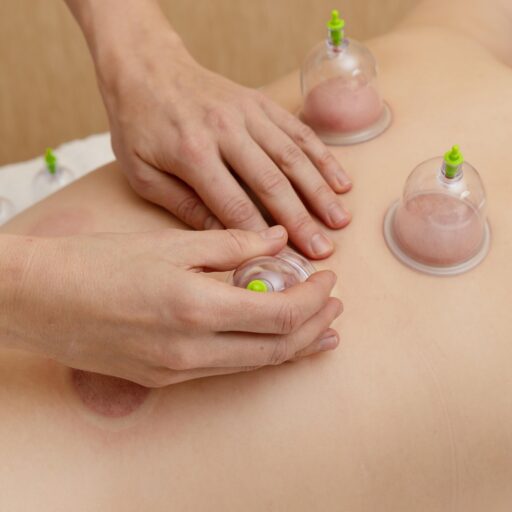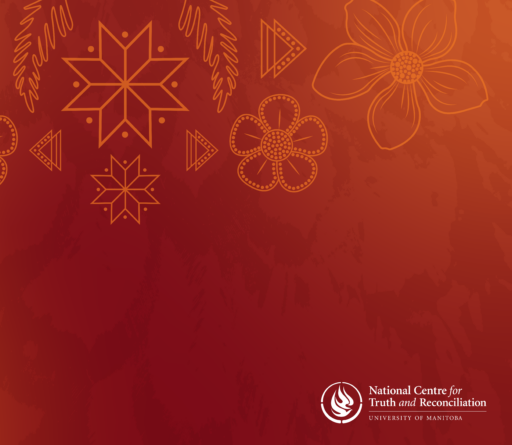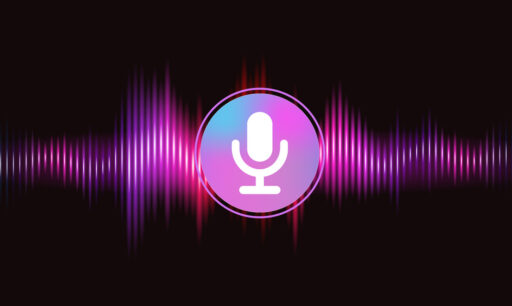College Blog
The history of cupping as a treatment for various ailments stretches back thousands of years to ancient times. Over the centuries, cupping techniques and styles have evolved, influenced by their geographic location, as well as available materials. Cattle horns, bronze cups and bamboo have all been used at various times and places in history.
Today, practitioners typically use plastic, silicon or glass cups with a vacuum seal to influence the myofascial tissue physiology.
If you plan to use cupping in your practice, it’s important to keep the following guidelines in mind to ensure all treatments are evidence-informed and within your scope of practice.
Permitted Cupping Techniques in Ontario
In Ontario physiotherapists should only use techniques such as dry cupping and oil cupping.
- Dry cupping: Cups are applied to skin using suction.
- Oil cupping: Oil or lotion is applied to skin before applying the suction cup, allowing it to move along the tissue.
Physiotherapists must be sure these techniques are used within their scope of practice.
The treatment must safely and competently address the physiotherapy diagnosis and treatment goals that have been set for the patient.
Prohibited Techniques: Wet Cupping and Bloodletting
Techniques that involve bloodletting and the use of a scalpel to pierce the skin (such as Hijama or wet cupping) are not within the scope of practice of a physiotherapist and should not be performed.
Evidence-Informed Practice
As a reminder, physiotherapists are expected to engage in Evidence-Informed Practice.
This standard requires a physiotherapist to:
- Critically appraise evidence relevant to the practice setting, population served, and available assessment and treatment options before integrating evidence into practice.
- Incorporate critically appraised physiotherapy-related evidence into assessment and treatment plans.
- Integrate critical thinking and professional judgment into patient-centered care, evaluating their practice in terms of patient outcomes, and modifying approaches based on this self-reflective process.
- Not promote information, treatment options or products that are not grounded in scientific and physiologically plausible evidence.
Scope of Practice
The scope of physiotherapy practice is defined by the Physiotherapy Act as:
- The assessment of neuromuscular, musculoskeletal and cardiorespiratory systems,
- The diagnosis of diseases or disorders associated with physical dysfunction, injury, or pain, and
- The treatment, rehabilitation and prevention or relief of physical dysfunction, injury, or pain to develop, maintain, rehabilitate, or augment physical function and promote mobility.
Still Have Questions?
If you are unsure whether you are practising within your scope of practice or meeting the requirements of the Evidence-Informed Practice Standard, please call a Practice Advisor at 1-800-583-5885 ext. 241 or email advice@collegept.org.
It’s free and confidential.
Physiotherapy Scope of Practice












I am concerned that cupping even gets this much attention. I think the lead paragraph should expose the theoretical foundations of cupping for the nonsense that it is. And lead with the “best evidence” part!
It is so disappointing that critical thinking is so often absent in our profession, and that there are still so many colleagues doing this type of nonsensical modality (among – sadly – many others).
This article appears to give it legitimacy.
Those performing it should learn to ask: Why am I doing this? What actual evidence is it based on? Is there prior plausibility for observed positive effects? Is this application creating patient dependence? How does it stand up in comparison studies with other interventions?
Rant over…. 🙂
Hi Sebastian,
Thank you for your comment.
As you know, Practice Advisors respond to inquiries through emails and phone calls from many different partners in the physiotherapy field, including from patients, physiotherapists who are registered with the College and internationally educated physiotherapists who are working towards their registration. We aim to provide clear advice with regards to legislative and regulatory considerations. Clarifying what is understood to be ‘cupping’ treatment in Ontario is just one example of clarifying advice.
Our blog was not meant to provide weighted evidence with regards to the validity of cupping as a treatment technique and should in no way be taken as an endorsement of cupping. I think your comments are extremely relevant. They highlight the importance of following the Evidence-Informed Practice Standard, which came into effect November 1st, 2024.
Performance expectations from the Evidence-Informed Practice Standard include the following:
Regarding the use of emerging or complimentary therapies, before incorporating new or emerging therapies into the physiotherapy services they provide, the physiotherapist must be aware of:
– Related legislative and regulatory considerations.
– The relevant advancements and changes within the physiotherapy profession, specifically relating to evidence-informed practices and standards of care.
– The training, knowledge, skills and judgement necessary to enable the new or emerging practice.
In addition, the Evidence-Informed Practice Standard expects physiotherapists to:
1. Critically appraise evidence relevant to the practice setting, population served, and available assessment and treatment options before integrating evidence into practice.
2. Incorporate critically appraised physiotherapy-related evidence into assessment and treatment plans.
3. Integrate critical thinking and professional judgment into patient-centered care, evaluating their practice in terms of patient outcomes, and modifying approaches based on this self-reflective process.
4. Not promote information, treatment options, or products that are not grounded in scientific and physiologically plausible evidence.
I encourage you to share the expectations of the Evidence-Informed Practice Standard with colleagues. We are also always happy to hear from you directly through the Practice Advice team at advice@collegept.org or 1.800.583.5885 ext. 241.
Warm regards,
Mary-Catherine Fraser Saxena
Practice Advice Manager
I don’t do cupping, but at some of the clinics I work at, other healthcare professionals do so. If you are interested in editing this section, you can put down fire cupping (usually with glass and a fire to heat it up) is a big precaution because people can get seriously injured and may require advanced training. The clinics I work at specifically do not allow it because they know it can be dangerous.